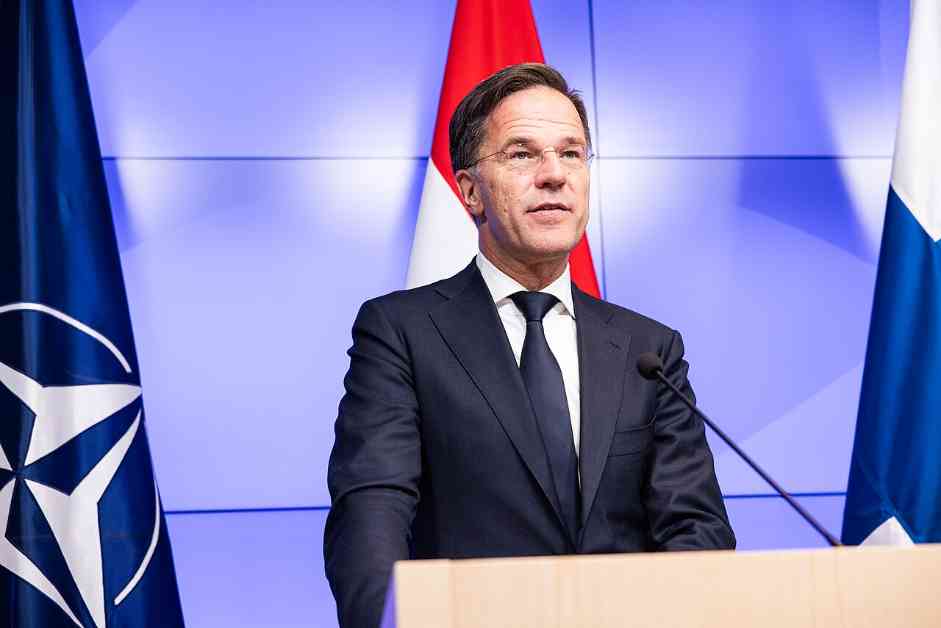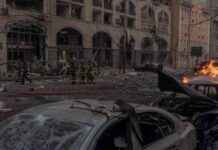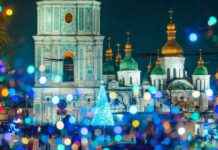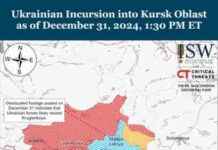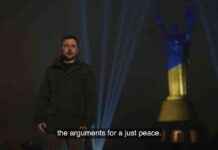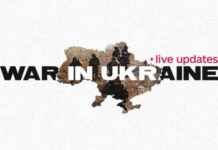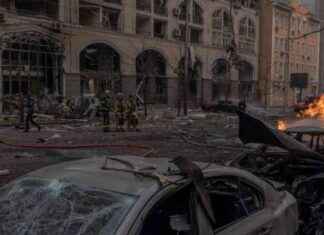As rumors of peace talks swirl amidst the ongoing conflict between Russia and Ukraine, a recent phone call between US President Donald Trump and Russian President Vladimir Putin has sparked optimism for potential negotiations. NATO chief Mark Rutte has emphasized the need for a new treaty between Ukraine and Russia to prevent future Russian aggression, highlighting the critical role of the United States in shaping the outcome. These diplomatic developments not only hold the promise of a ceasefire but also carry significant implications for global power dynamics and the unity of Western nations in supporting Ukraine’s sovereignty.
Intensive Diplomatic Engagements and High-Level Talks
President Trump’s direct engagement with President Putin and the active involvement of NATO Secretary General Mark Rutte underscore the urgency and complexity of the situation. Rutte has emphasized the need to draw lessons from past failed agreements, such as the Minsk agreement, to ensure a more robust and lasting peace treaty this time. With intensive communication between Volodymyr Zelenskyy, Donald Trump, and NATO, the stage is set for potentially transformative negotiations to end the conflict.
During a recent interview on the Dutch political talk show Buitenhof, Rutte expressed cautious optimism about the ongoing peace efforts while emphasizing the multifaceted nature of the conflict. He noted the involvement of other global players like North Korea, China, and Iran, turning the conflict between Russia and Ukraine into a broader geopolitical issue. The complexity of the situation requires a comprehensive approach that goes beyond traditional bilateral talks.
Zelenskyy’s willingness to engage in negotiations with Putin signals a readiness for dialogue, but the Ukrainian President has also stressed the importance of European involvement in the peace process. Rutte’s observations about the uncertainty surrounding Europe’s role in the negotiations reflect the intricate diplomatic dance unfolding behind the scenes. As discussions evolve, the question of how different stakeholders will contribute to shaping the peace agreement remains a subject of intense speculation and strategic maneuvering.
Building a Strong and Lasting Peace Treaty
Rutte’s call for a “strong agreement” echoes sentiments expressed by US Secretary of State Marco Rubio, who emphasized the importance of a robust peace treaty that prevents future Russian aggression. Drawing from past experiences with the Minsk agreement, which failed to deliver a lasting solution, Rutte emphasized the need for a treaty that unequivocally deters Russian expansionism in the region. The stakes are high, and the international community must ensure that any peace agreement is not just a temporary fix but a sustainable roadmap for lasting stability.
Reflecting on the delicate balance of diplomacy, Rutte cautioned against revealing too much information during negotiations, as every word spoken could influence Putin’s strategic calculus. The need for discretion and strategic communication underscores the high-stakes nature of the peace process and the importance of carefully navigating the complexities of international relations. In a conflict where every move is scrutinized and analyzed, the challenge lies in finding the right balance between transparency and strategic ambiguity.
As the peace negotiations unfold, the world watches with bated breath, hoping for a breakthrough that can bring an end to the violence and pave the way for a more stable future in the region. The road ahead is fraught with challenges, but the collective efforts of key stakeholders like the United States, NATO, Ukraine, and Russia signal a shared commitment to finding a peaceful resolution to the conflict. In a world where conflicts often seem intractable, the prospect of dialogue and diplomacy offers a glimmer of hope for a better tomorrow.
